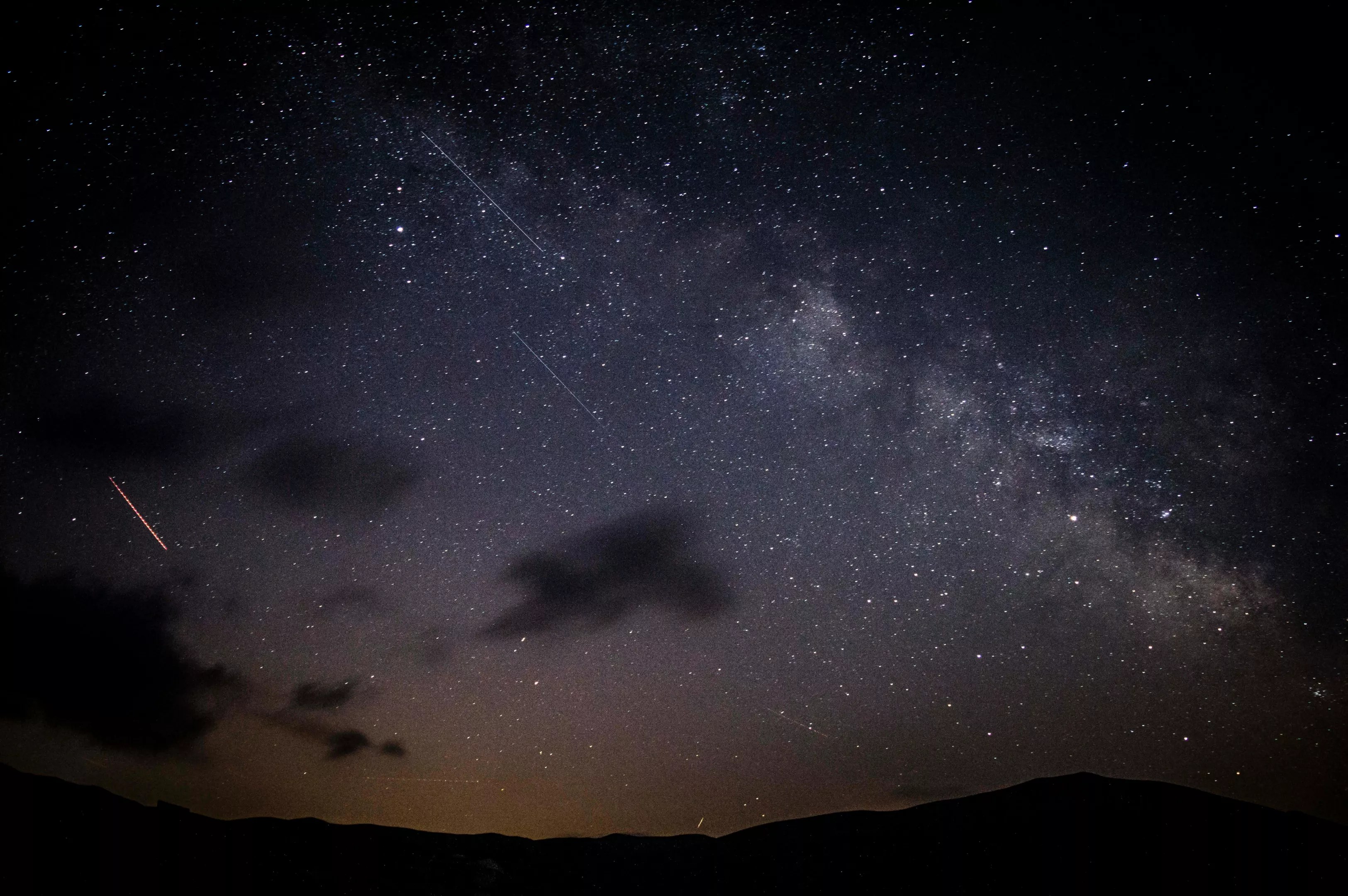
Ahmet Yüksek/Pexels

Audio By Carbonatix
Denver residents might be seeing stars from the dizzying array of local headlines about wildfires, inflation, ICE, AI and controversial developments in the city. But anyone who’s overwhelmed with life on Earth can rub the stars out of their eyes and turn their attention toward the skies instead, where the Perseid Meteor Shower will be at its best this week.
The event is one of the most popular meteor showers to view each year, famously producing many bright meteors – sometimes up to fifty to 100 meteors per hour, according to NASA. And luckily for inhabitants of the Mile High City and beyond, Colorado is packed with dark sky areas that make for optimal night sky gazing conditions.
In fact, it was on a trip to the Colorado Rockies to see the Perseids that John Denver was inspired to write “Rocky Mountain High,” with lyrics about “rainin’ fire in the sky,” according to History Colorado. The song is one of Colorado’s two official state songs.
Read on to learn more about the meteor shower and when and where to view it in Colorado this week.
This year, make your gift count –
Invest in local news that matters.
Our work is funded by readers like you who make voluntary gifts because they value our work and want to see it continue. Make a contribution today to help us reach our $50,000 goal!
What is the Perseid Meteor Shower?
The Perseids is a popular annual summer meteor shower produced by Swift-Tuttle, a large comet discovered in 1862 – and more than twice the size of the object hypothesized to have led to the demise of dinosaurs, according to NASA.
This time of year, Swift-Tuttle releases particles during its return into the inner solar system, and debris disintegrates into colorful, fiery and long streaks across the sky as it collides with Earth’s atmosphere.
The event gets its name from the constellation of Perseus, which is prominent during the time, according to the American Meteor Society.

The Perseids are best viewed in the Northern Hemisphere in a dark sky location. Luckily, Colorado has plenty of those.
Vittorio Staffolani/Pexels
When is the Perseid Meteor Shower?
The Perseid Meteor Shower runs annually from mid-July to late August. This year, the shower reaches its height this week on Tuesday, August 12, and Wednesday, August 13.
The Perseids are best viewed after midnight into the pre-dawn hours, but at times it’s possible to see meteors as early as 10 p.m., according to NASA. The AMS warns that the waning gibbous moon will compromise the shower’s visibility this year, but stargazers with patience should still catch a good show.
Where to See the Perseid Meteor Shower in Colorado?
The Perseids are best viewed in the Northern Hemisphere in a dark sky location. Luckily, Colorado has eighteen designated Dark Sky Places for prime stargazing. Here are some of our favorites:
The stars at Browns Canyon National Monument, about two hours southwest of Denver, are especially impressive from the Ruby Mountain and Hecla Junction campgrounds, which you can book online for $28 per night.
Great Sand Dunes National Park and Preserve in Mosca is an International Dark Sky Park and the location of Kosmos Stargazing Resort, which features a constellation tour using a laser pointer, as well as the opportunity to view celestial objects (meteors, perhaps?) through high-quality telescopes.
Black Canyon of the Gunnison National Park in Montrose has several overlooks at which you can admire the Milky Way. Online reservations are available for $20 to $34 per night at the South Rim campground.
Alert: Check for the latest wildfire activity before you head out.
Did you catch any meteors with your camera? Email photos to us at editorial@westword.com for a chance to be featured.